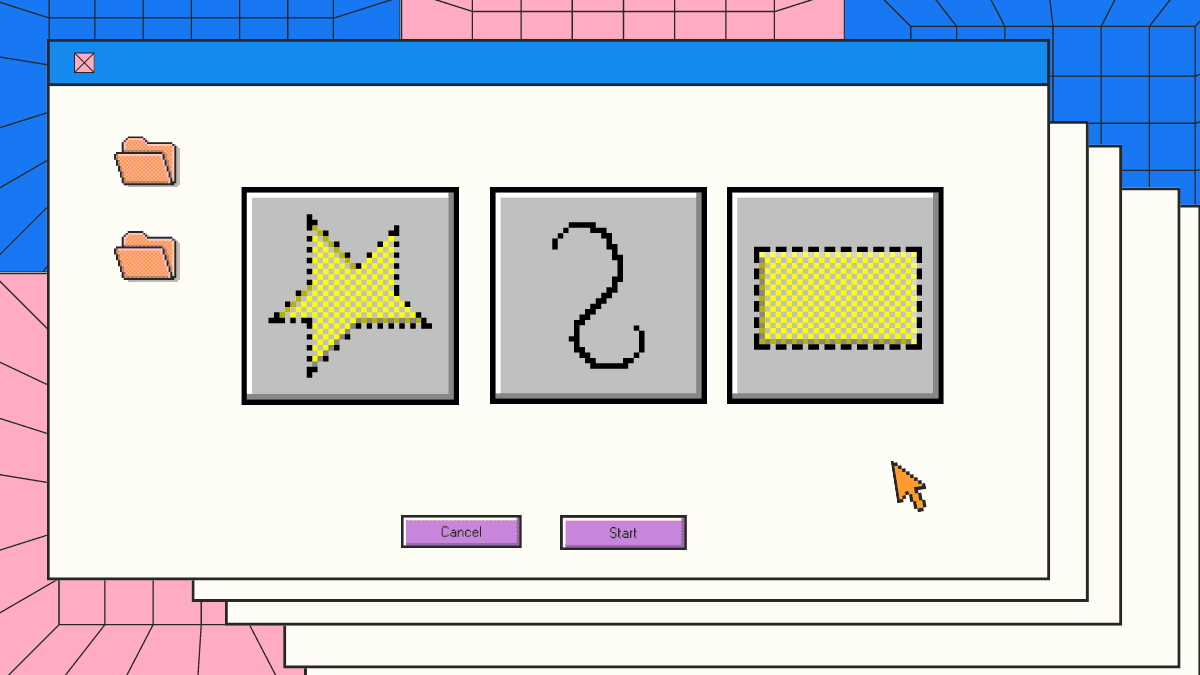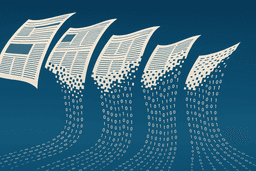
How data visualisation can add value to your stories – guide for the era of post-infographics
Thanks to recent technology developments, data visualisation can help create engaging, unique, and interactive stories. Here’s how you can do it
The Fix Newsletter
Everything you need to know about European media market every week in your inbox
15 articles • 0 Followers










